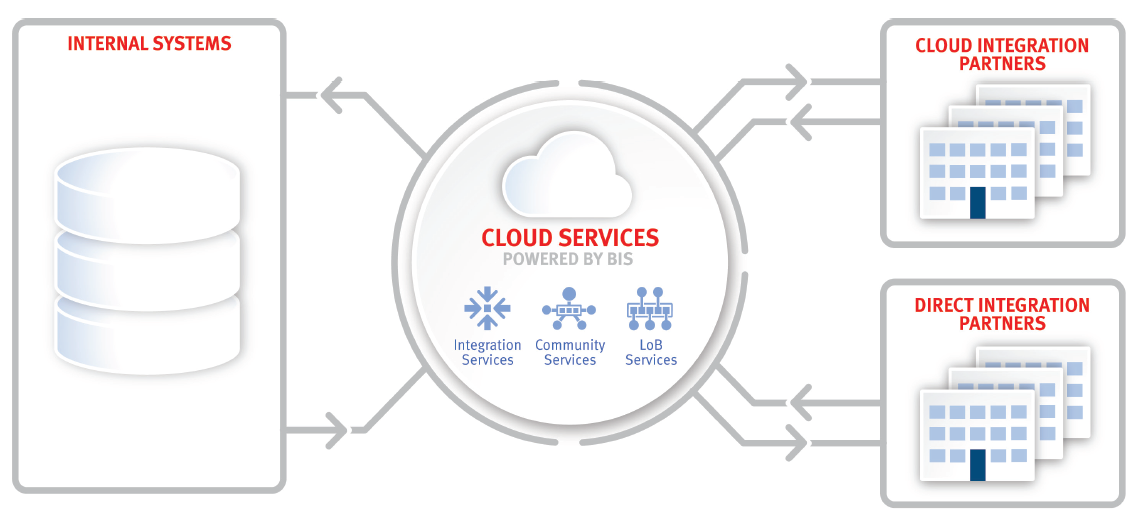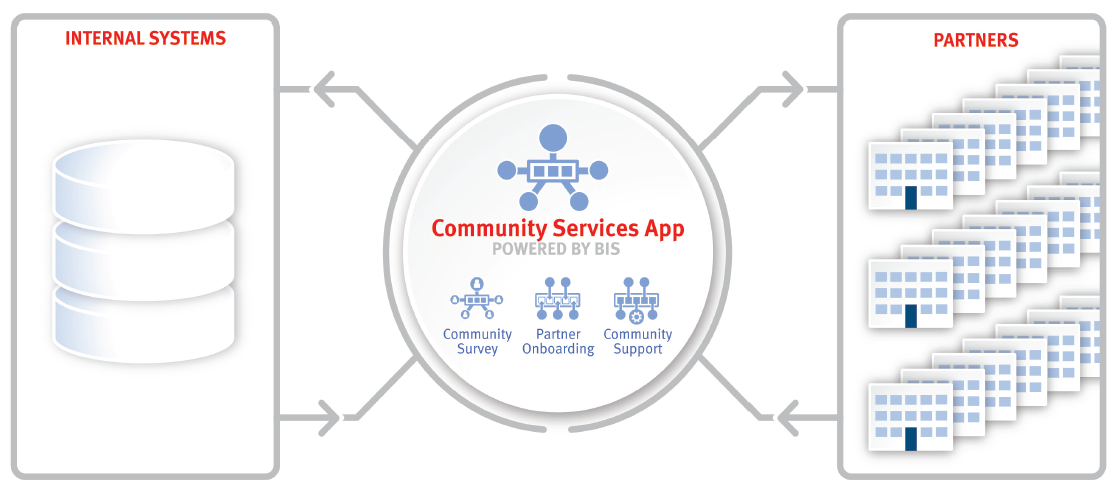Community Management in the Cloud? Key Considerations
Build Quickly and Lower Your Overall Costs
There is no doubt that the cloud is here to stay. There are so many advantages, especially for smaller companies with limited IT staffs. For example, moving to the cloud enables companies to pay for what they use, without any ownership responsibilities or a need to maintain servers and connections, while also simplifying integrations.
But the cloud is not always a panacea. I provide you with a summary of key points to consider in your journey to the cloud, especially ones related to community management. These considerations are based on SEEBURGER’s interactions with our customers and prospects over the last 10 years as the cloud has emerged as a key deployment strategy.
One of the key functional challenges that large and small companies face with cloud deployment is community management — onboarding partners quickly and uniformly and with a minimum of effort — keeping the cost down and removing impediments to scale. This is especially true when those companies already have traditional business-to-business (B2B) platforms in place.
Our overall approach is simple: ensure that your legacy B2B platform and your cloud platform can work together so that you can support your current partners with your on-premise platform while supporting your new partners or customers with your cloud platform. Over time and as budget allows, you can migrate your legacy customers to the cloud. In the meantime, you can continue to leverage the investment you’ve already made.

For us at SEEBURGER, we have purpose-built our integration platform to holistically support all of the scenarios: the on-premise, cloud, or “hybrid” model discussed above. This allows your support staff to use the same set of tools for all integration. We discuss this in more detail below.
The Key Issues of Community Management
High-growth companies that have a need to add and manage many suppliers or customers face the following challenges of scaling their communities rapidly while minimizing the costs of doing so:
- Completing a profile of community members — What does your community look like?
- Readiness assessment — Are your partners technically prepared to integrate?
- Partner onboarding — How challenging is it to complete integration?
- Community support — How do you handle ongoing partner management and self-service? Can your partners do it themselves?
- Internal IT capability for B2B, electronic data interchange (EDI), and application program interface (API) — Can your staff support both legacy and cloud-based systems?
Let’s look at each of these challenges in detail.
Community Profile
What does your community look like? Are they mostly homogenous, with many of the same characteristics, such as size, use of industry-standard ERP systems, and connectivity? Are they all small mom-and-pop companies with small IT staffs and limited bandwidth? Do your partners and customers have experience with integration?
The answers to these questions will guide many of the decisions that will need to be made regarding deployment of community management in the cloud or on premise. For example, if your suppliers are mostly large and have solid B2B or EDI strategies already in place, you may want to implement an on-premise solution. If your community requires high security, a web-based EDI solution may not be secure enough.
On the other hand, if your suppliers are smaller, they may potentially need more handholding, but could onboard themselves if they are given the right tools.
As a first step, we recommend a thorough analysis of both the current partner base, as well as the profiling of the partners you hope to be onboarding in the near term.
Readiness Assessment
It is critically important that you are able to understand the readiness level of suppliers or customers that you wish to add to your community so that you can exchange data in an orderly automated fashion. We recommend the use of an online survey that is distributed as part of an automated initialization process. This will provide you with feedback from your ecosystem about items like:
- Current EDI capability, such as EDI formats that they currently support
- Current systems in place
- Communications options available to the partner
This will also be your opportunity to let your partners know what to expect from you as a partner, including what EDI or API formats you support.
Partner Onboarding
It is important to provide as many self-service tools as possible to your partners. These can include ready-to-use onboarding processes, as well as preconfigured query templates, configuration tools, communication setup guides, and testing tools.
The more that your partners can do themselves, the lower your overall cost of onboarding will be. In the case of larger, more sophisticated partners, you will want to spend more of your time with them anyway because they represent an opportunity for your business.
Community Support: Ongoing Partner Management and Partner Self-Service
It is also critical that once partners are on board, they have 24 × 7 online availability (i.e., access via a web-based UI, a representational state transfer [REST] API, or a comma-separated value [CSV] file). You will also want to provide automated notification of changes that occur within the configuration of a partner, as well as a “yellow pages” service for Applicability Statement 2 (AS2) and certificates. We also recommend use of a B2B directory to help manage it all.
Internal IT Capability for B2B, EDI, and API
These days, the term bimodal IT has become very popular. As you gauge the internal staff you have, consider whether the staff members can support the legacy B2B community environment using traditional EDI structures. Are they capable with API integration? Many times, we find companies that are heavier in one direction or the other, and as the cloud and API world spreads, the talent has started to migrate in that direction toward API. Many of our clients find that deploying B2B or EDI as a managed service is the way to go — then they don’t have to continue to invest in staff and training for technologies that are becoming deprecated over time.

So What About the Cloud?
At SEEBURGER, we believe that you should be able to implement a community management solution that matches your ecosystem. We have built our core Business Integration Suite (BIS) to be the platform that includes all the functionality discussed above. The same functionality and tools are available whether you implement our community management solution on premise, fully in the cloud, or in a hybrid model.
SEEBURGER has been developing German-engineered integration software for more than 30 years, and we have more than 10,000 customers worldwide. More than 2,500 current SAP customers use SEEBURGER to integrate their businesses.
If you have any questions, don’t hesitate to give us a call. One of my experienced team members or I will be glad to help.








